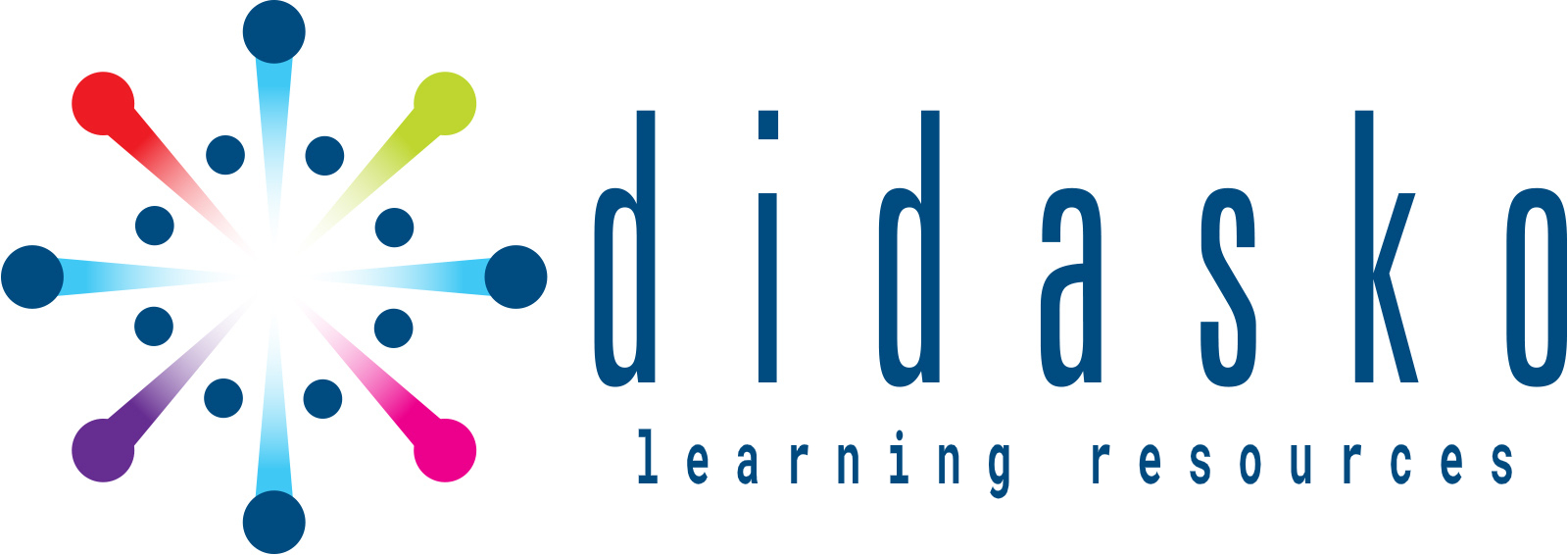Contextualisation Guidelines: RTO’s Guide to Producing Better Training
 September 2022
September 2022

Last Updated: March 19, 2024
Top-notch training quality is necessary for an RTO’s learners to have a successful career outside the classroom. But for that to happen, RTOs must first modify their learning resources to fit the needs of their students. And this part is where properly contextualising a unit of competency comes in. So, how is it done, and why is it important?
What Is Contextualisation?
Contextualisation is making training resources relevant to a learner’s field of work. It means that the training materials must be specific to the context in which they will be used and not just the subject matter.
For example, if you are teaching a unit on customer service, you would need to contextualise the training to the specific industry in which your students work. It could involve using customer service scenarios relevant to their industry, such as handling customer complaints or upselling products and services.
Why is Contextualising a Unit of Competency Important?
Now that we’ve defined what contextualisation means, let’s look at two main reasons why it’s essential.
First, it ensures that your students are receiving training that is relevant to their needs. If the training materials are not correctly contextualised, your students may not be able to apply what they have learned in the classroom to their job. It could lead to dissatisfaction from both your students and their employers.
Secondly, contextualisation is a requirement of the Australian Skills Quality Authority (ASQA). If your RTO is found to be non-compliant with this during an audit, you could face some serious consequences, such as having your registration cancelled.
Contextualisation Guidelines
Contextualisation is a complicated process that involves various steps. As such, we’ve provided a guideline on contextualising learning materials effectively for your RTO.
Identify Student Needs
The first step is to identify what your students need from the training. You will need to find out what they already know about the subject matter and what skills or knowledge gaps they have. It can be done through pre-training assessments, such as questionnaires or interviews.
Once you have a good understanding of what your students need, you can start to modify the training materials accordingly.
Use Relevant Scenarios and Examples
As we mentioned, one way to contextualise learning materials is to use relevant scenarios and examples. It could involve using case studies or role-playing exercises specific to your students’ industry or workplace context.
For example, if you were teaching a customer service unit to students who work in the tourism, travel, and hospitality industry, you could use a scenario where a customer is calling to complain about a service. It would be more relevant to your students than a generic customer service scenario that could occur in any industry.
Understand the Industry and Work Role
Understanding the industry and role of your students is crucial for identifying the skills and knowledge they need for success. For instance, teaching food safety to restaurant workers means covering all relevant legislation and ensuring the training aligns with their job tasks. Incorporating industry-specific terminology in your materials makes concepts more relatable and easier for students to grasp, facilitating smoother workplace integration. Utilising workplace documents, like templates they’ll encounter in their roles, prepares students practically, boosting their confidence and competence. Ultimately, focusing on job-specific skills ensures learners are well-equipped for their roles, enhancing their performance and employer satisfaction.
Understand the Learning Environment
The next step is to understand the learning environment. Different learning environments require different modes of delivery. Every delivery method has its pros and cons, so it’s up to your RTO to see which one best suits your learners’ needs.
For example, online courses are convenient and flexible but can be pretty impersonal. Then again, some provide quality and interactive eLearning materials, such as Didasko. Classroom-based learning is more interactive, but it can be less flexible.
Some of the training delivery modes include:
- Online
- Distance learning
- One-on-one
- Classroom-based learning
- Workplace delivery
It’s also important to consider your available resources when choosing a delivery method. For example, distance learning might be a better option if you don’t have enough staff to deliver one-on-one training.
Focus on the Unit Requirements
Once you have chosen a delivery method, you must focus on the unit requirements. It means figuring out what specific aspects of the unit need to be contextualised. You will need to look at the RTO training resources to do this. You will also need to think about how the unit in the training package will be used.
Also, study the evidence requirements for the unit to make your assessment as easy as possible for trainers or assessors.
Review the Learning Resources
Are the learning resources appropriate to the skill, knowledge, and level of the learners? If not, adjust them to help students get the best educational content possible.
Also, align the learning resources to the industry, work role, and work environment. You can do this by having an expert review your training materials so they can ensure your content is up-to-date and relevant.
Check Your Assessment Tools
For classroom delivery, invite industry experts and use simulations to mirror real work settings, ensuring materials like case studies remain current. Partner with organisations for hands-on experience and use real scenarios to showcase skills.
In workplace settings, align activities with the host organisation’s culture and goals, using their procedures and policies in training. Practical tasks and workplace mentorships enhance learning relevance and benefit both learners and businesses.
Online delivery should feature virtual simulations and specific activities for remote skill-building. Webinars foster instructor-student interaction, adapting training to digital environments while keeping it engaging and effective.
Modify Your Assessment Tools
Ensure your assessment tools meet ASQA standards and maintain unit outcomes when contextualising. Plan assessments that suit each learning environment—mix oral presentations, projects, case studies, and exams for fairness and quality education. By adhering to these practices, you’ll deliver superior, tailored training that readies students for their career success.
Get Quality RTO Training Materials at Didasko Learning Resources
A contextualised training package starts with quality training resources from a trusted provider. Get quality RTO training materials from industry leaders who understand today’s students and the best ways to engage with them. Here at Didasko, we are the leading developers and educational publishers of world-class eLearning resources.
Expect comprehensive content with engaging online units offering a superb user experience and instructional design. Experience eLearning at its best with regularly updated learning materials with a responsive design and fully customisable assessments. We specialise in digital content and provide award-winning instructional designs for various training packages.
Join hundreds of private RTOs Australia-wide that have already implemented Didasko Learning Resources into their institutes. Request a demo to see our training package examples, or contact us for more information.




